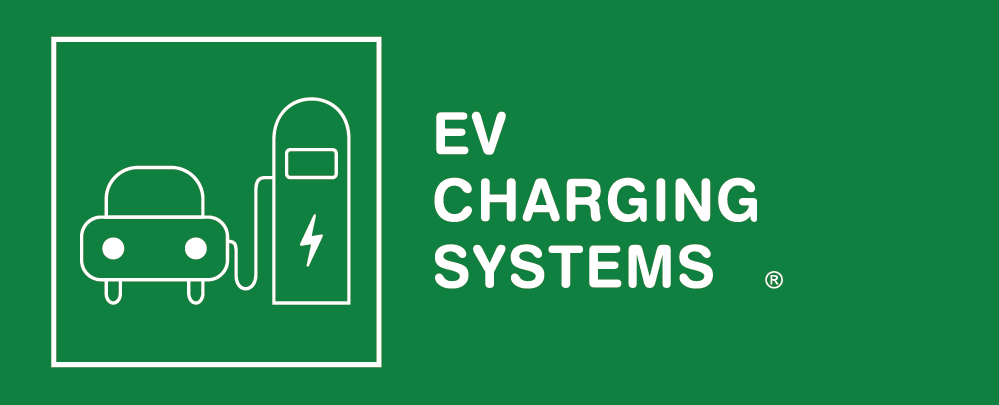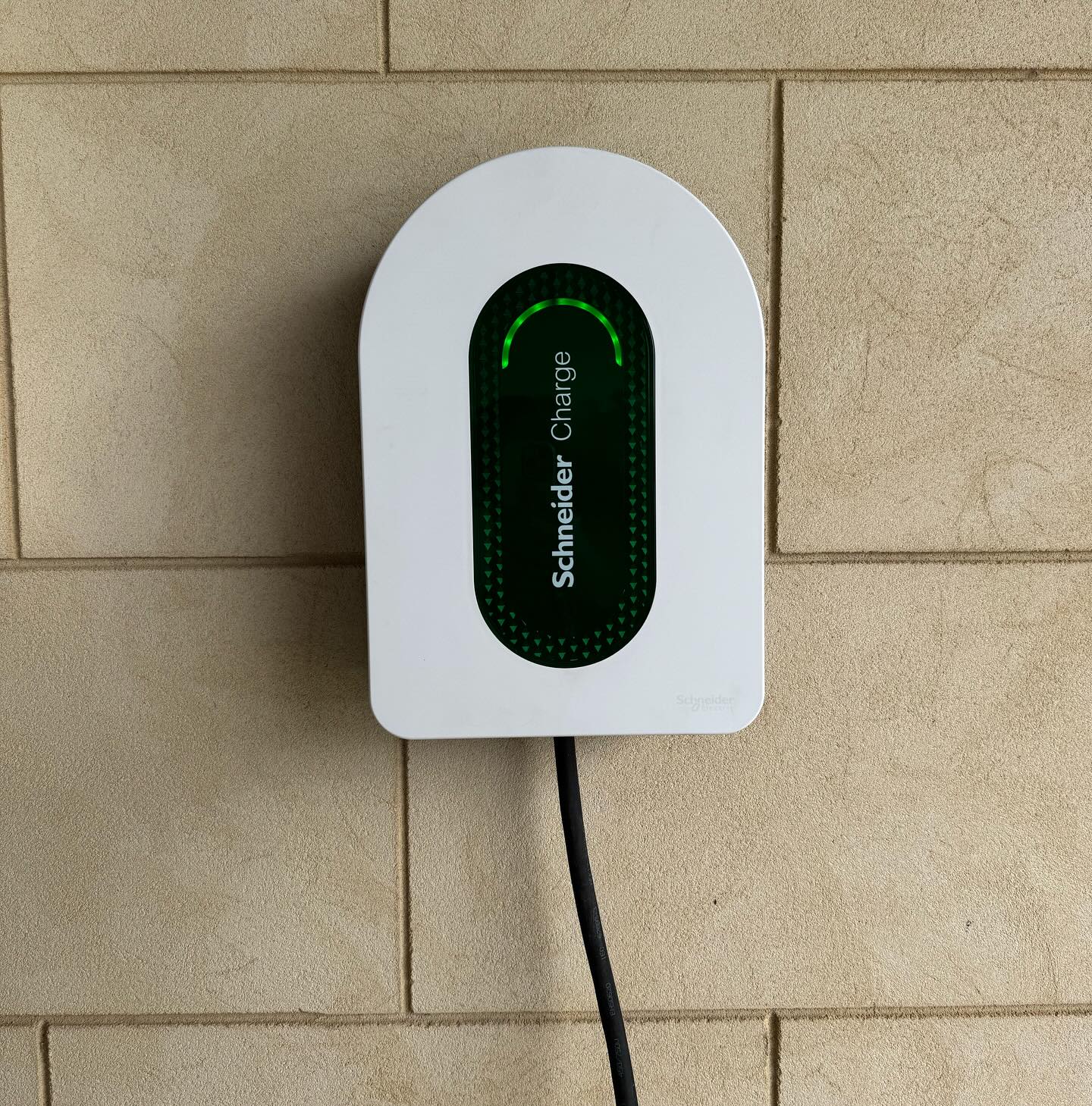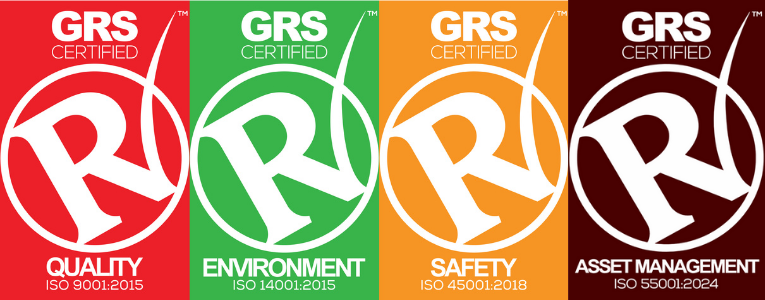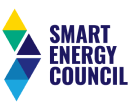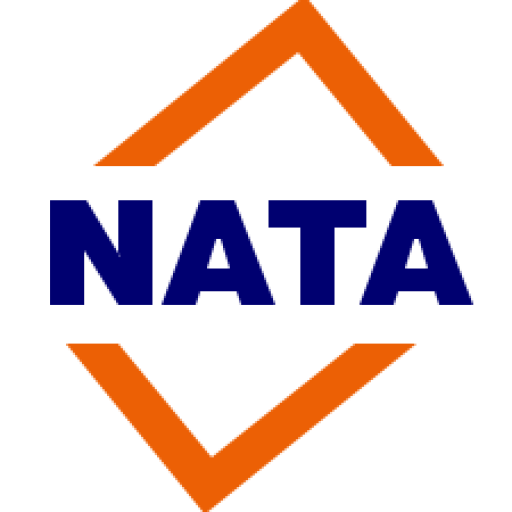You can charge your electric vehicle at home using a standard wall socket or a dedicated AC circuit. It’s that simple! Still, you need to ensure you decide on the best home charging station for your needs and that you have the necessary hardware.
If you want to enjoy cheaper, more convenient charging than relying on public power stations, here is how to get started.
Two Types of Home EV Charging Methods (Level 1 and Level 2)
EVs need to be plugged into an external power source in order to recharge their onboard batteries. Home EV charging stations in Australia typically rely on Level 1 or Level 2 chargers to accomplish this.
Both Level 1 and Level 2 chargers offer a convenient way to charge an EV at home.
However, they each have considerations to keep in mind to find the best home EV charging method for your needs.
Level 1 EV Charging – Plugging into the Wall Socket
What Is Level 1 Charging?
Level 1 EV Chargers are the most basic type of home EV charging. They provide a slow charge, typically requiring a vehicle to be plugged in overnight or longer.
How to Use Level 1 Charging at Home
Wondering how to use Level 1 charging at home? Level 1 EV charging is as simple as it gets, with many owners saying it is as easy as charging a cell phone.
Level 1 charging is the easiest way to charge an electric vehicle at home as it only requires a standard 120V outlet. Your EV will typically come supplied with a cable that can be plugged into the wall socket.
Simply plug in your electric vehicle using the charging station it comes equipped with. Usually, this just requires a standard household socket. That’s it! No costly or complicated installation required. However, be prepared for far slower charging times than other methods. Also, be aware that Level 1 chargers can only charge one vehicle at a time.
Wondering how to get your home ready for EV charging? We cover preparing for home EV charging, including WA permitting and deciding where to put an EV charging station, in our guide here: How to Prepare Your Home for EV Charging.
Charging Speed with Level 1 Charging
Because Level 1 chargers rely on a standard household outlet, they provide slower charging. Level 1 EV charging is often called “trickle” charging due to the longer charging times needed. A typical charge rate of 1.4 to 2.8 kW can be expected from Level 1 charging.
If you’ll be using Level 1 charging for your electric vehicle, plan to leave it plugged in overnight at the minimum. Depending on the electric vehicle, an overnight charge will get you approximately 100 km of driving time.
Expect to set aside around 4 to 48 hours to charge your EV’s battery with Level 1 charging. Many EVs will require about 24 hours to achieve an 80% battery charge.
Since Level 1 charging stations are slower, we recommend them for EV drivers who mostly stick to short commutes or local errands. Level 1 chargers can also be a good option for drivers who have the time to charge their electric vehicle overnight.
The time required to fully charge your EV’s battery will vary based on charging type, battery capacity, and the vehicle make and model. To help understand the various factors that affect charging speeds, read our guide here: How Fast Do Electric Vehicles Charge?
Level 2 EV Charging – Dedicated Home EV Charger
What Is Level 2 Charging?
Level 2 chargers are more powerful than Level 1, offering significantly faster charging speeds. However, Level 2 chargers are more expensive and complicated to install.
Level 2 charging at a glance:
- Known as a dedicated at home EV charger or fast AC charger
- Ideal for EV owners who travel longer distances
- Requires a dedicated circuit, a 240V electrical outlet, heavy-duty wiring, and professional installation
- Offers higher safety as it is protected by a dedicated circuit/device
- Significantly more powerful than Level 1 EV Chargers
- Provide higher power output, enabling faster charging times
- More expensive than Level 1 charging
How to Use Level 2 Charging at Home
If the fastest EV charging at home is your priority, you’ll want to consider Level 2 charging. Level 2 power stations are significantly faster than Level 1 charging.
Level 2 chargers require professional installation by a licensed electrician. A dedicated electrical circuit is also needed. Level 2 charging stations can be post or wall-mounted for a modern, sleek appearance.
Level 2 at home charging stations require:
- Professional installation by a licensed electrician
- Must be directly wired into your home’s AC supply network
- A dedicated electrical protective circuit or device
- Appropriate installation area with adequate space (this may be your garage, parking area, or backyard)
Charging Speed with Level 2 Charging
Level 2 chargers offer significantly faster charging speeds compared to Level 1. This makes Level 2 charging stations an excellent option for EV owners who need the fastest home EV charging.
AC fast charging is ideal for drivers who need the ability to recharge their electric vehicle as quickly as possible.
With charging speeds ranging from 7 to 22 kW, drivers can expect to charge their vehicle in approximately 4 to 5 hours. Generally, you can expect to add 4 to 12 km of range to your EV for every 10 minutes of charging.
Something we always remind our customers of is EV charge limits. For instance, some EVs have a maximum charge rate of 7.6 kW. This means investing in a 22kW charger will be pointless, as your vehicle will only charge at 7.6 kW.
You May Also Like: Charging EV With Solar: Our Guide to EV Solar Charging
What Are the Differences Between Level 1 and Level 2 Charging?
| Level 1 | Level 2 | |
| Requirements | Plugs into a standard 120V outlet | Requires a dedicated electrical circuit, usually 240V, and heavy-duty wiring |
| Installation | No specialty installation required | Requires professional installation by a licensed electrician |
| Cost | Cheapest home charging option; everything you need should come with your EV | More expensive than Level 1 due to installation costs and higher power output |
| Charging Speed | Slower charging speeds; typically known as AC trickle charging | Significantly faster than Level 1 charging stations |
| Charging Time | Longer charging times; Requires between 8 to 24 hours or more for a full charge | Between 4 to 8 hours for a full charge |
| Power Output | Typically 1.4kW to 2.8kW | Generally 7 to 22 kW |
| Ideal For | EV owners who can leave their vehicle plugged in overnight and typically travel less than 100 km per day | EV owners who want the fastest home charging possible; EV owners who often travel far distances |
Getting Started with Home EV Charging
Home EV charging stations are convenient, cost-effective, and becoming increasingly common. Ready to get started with your residential EV charging station? We’re here to assist you in determining the ideal charger station for your EV charging needs, budget, and set up.
Our licensed electricians can design a home charging station setup that perfectly suits your electric vehicle and preferences. From supply and installation, we offer tailored solutions for EV products, charging stations, and infrastructure. Contact us for more information or to schedule your free site assessment.
